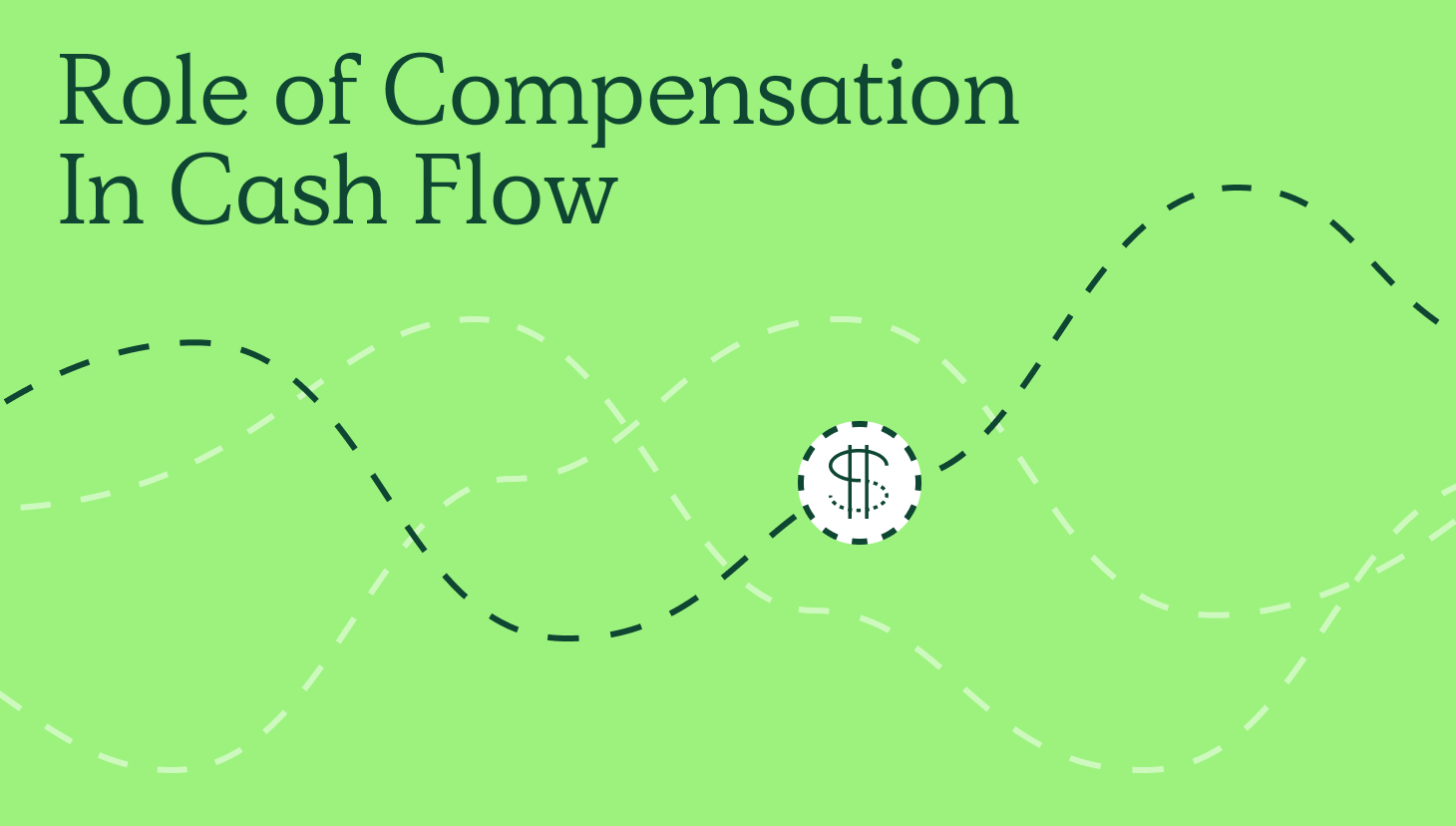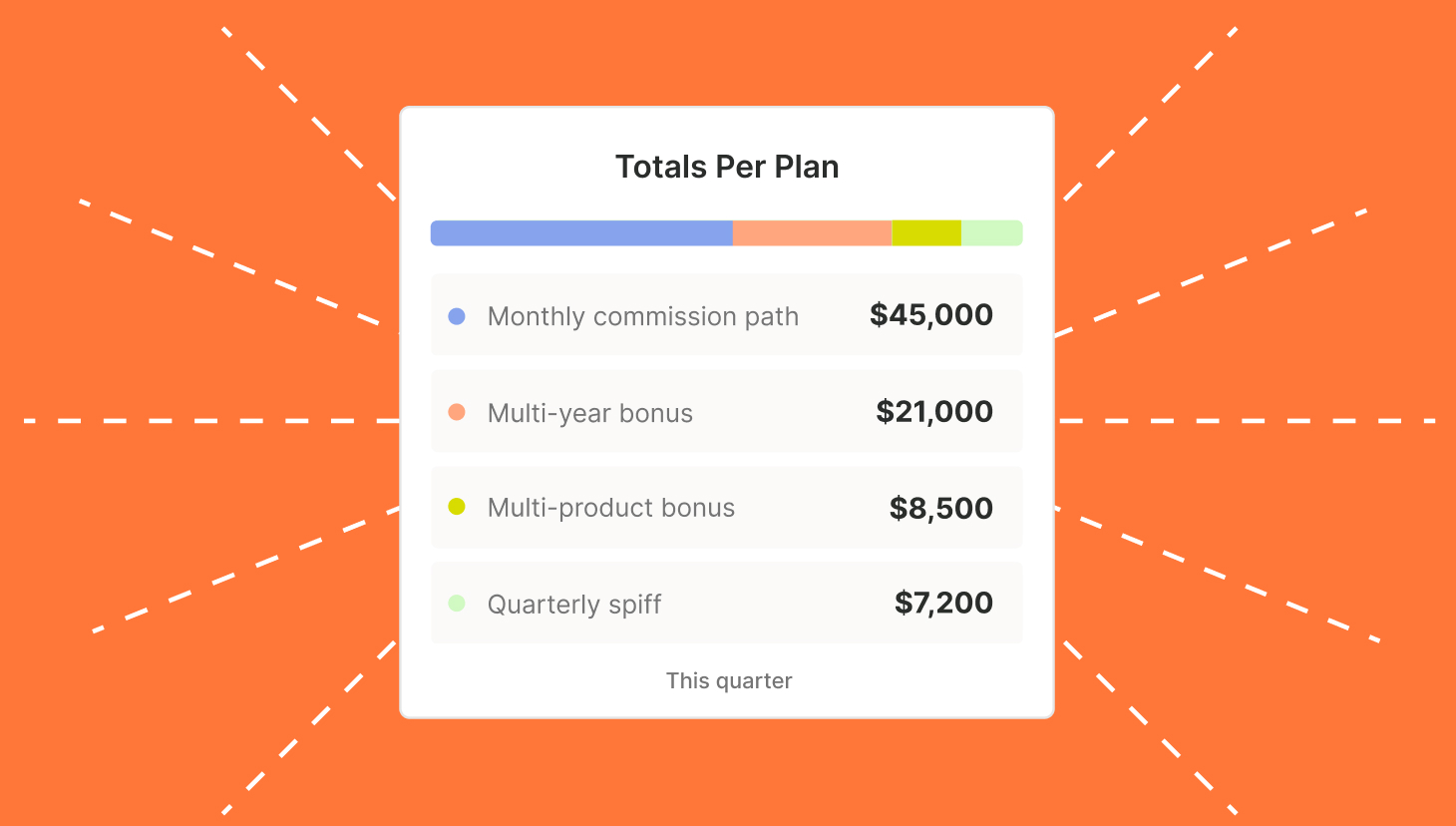Usage-based pricing models offer a compelling alternative to traditional subscription models, benefiting both businesses and customers.
Examples of companies that have a usage-based pricing model are:
- Press Release companies that charge their customers for every release based on the number of words
- Data storage companies that charge per gigabyte of storage used
- VOIP providers that charge for every minute of talk time used by their customers
It’s no wonder this SaaS pricing model has taken off in recent years. For instance, OpenView’s 2023 Usage-Based Pricing Study found that three out of five SaaS companies now use some form of usage-based pricing.
That’s because by tying pricing directly to product consumption, companies match the amount their customers spend with the value they receive. The result? Increased revenue and improved customer retention.
However, designing effective usage-based sales compensation plans presents unique challenges and opportunities and requires careful consideration. Key challenges include complex commission structures, motivating sales reps to focus on long-term value, educating customers about the pricing model, ensuring data accuracy, and managing revenue forecasting complexities.
In this blog, we’ll explore the intricacies of a usage-based compensation model and examine its benefits, potential challenges, and best practices for implementation.
Discover how to create a sales compensation structure that drives customer success and sales performance.
What is Usage-Based Pricing Model?
Usage-Based Pricing
Usage-based pricing charges customers based on their actual consumption of a product or service. Unlike traditional subscription models with fixed monthly fees, customers pay for what they use. This approach often leads to increased customer satisfaction, as they only pay for the value they receive.
What about a Usage-Based Compensation Model
A usage-based compensation model aligns sales incentives with customer consumption. Sales representatives are rewarded based on the volume or value of product or service usage their customers generate. This model encourages sales reps to focus on long-term customer success and expansion rather than solely on short-term sales metrics.
By correlating sales compensation directly to customer usage, companies can foster a customer-centric sales culture and drive sustainable revenue growth.
Similarities Between Traditional and Usage-Based Compensation Models
Despite the fundamental differences between traditional and usage-based pricing models, the underlying principles of sales compensation remain consistent. Both models involve determining the optimal balance between base pay and variable compensation, aiming to motivate sales reps to drive revenue growth.
Plus, whether a company uses a subscription, usage-based, or hybrid model, sales reps are still compensated based on their ability to generate revenue.
But that’s where the similarities end.
Is the usage based comp plan for you?
A usage-based comp plan is all the rage right now. But will it work for your team? Read on.
Take Me to BlogChallenges with Usage-Based Compensation Models
Implementing a usage-based compensation plan presents several challenges that require careful consideration:
- Balancing Accuracy with Speed of Outcome: Calculating commissions based on usage data can be time-consuming, especially for complex pricing models or large customer bases. Striking a balance between timely payouts and precise calculations is essential.
- Predicting Customer Behavior: Accurately forecasting customer usage patterns can be challenging, as consumption levels may fluctuate due to various factors, such as seasonality, economic conditions, or product adoption rates. It can take some customers a full year (or more!) before they are paying for 100% usage.
- Data Quality and Integration: Ensuring the accuracy and reliability of usage data is critical for accurate commission calculations. Integrating data from multiple systems and addressing potential discrepancies can be time-consuming.
- Sales Rep Motivation: Designing a compensation plan that motivates sales reps to focus on long-term customer value, rather than short-term gains, requires careful consideration of metrics and incentives.
- Customer Education: Clearly communicating the usage-based pricing model to customers and educating them on the benefits can be challenging.
- System Complexity: Implementing a usage-based compensation model often requires significant investments in technology and infrastructure to track usage, calculate commissions, and provide accurate reporting. This can delay usage, which can delay spend.
Organizations can successfully implement usage-based compensation plans and maximize their benefits by understanding and addressing these challenges.
Below, I’ll review two of the most common, “pure” ways to run compensation off a usage-based model.
Try QuotaPath for free
Try the most collaborative solution to manage, track and payout variable compensation. Calculate commissions and pay your team accurately, and on time.
Start TrialThe 2 Purest Ways to Pay on Usage-Based Plans
Usually, I see usage-based compensation plans set up according to estimated revenue or actual revenue.
Estimated Revenue
With estimated revenue, you tie attainment and comp to an estimated revenue number or assumption of the amount that will be spent during their contract.
So, if you project a customer will spend $100,000 over the next year, the rep earns $100K of quota attainment.
This is very similar to a regular compensation plan, but you should only do this if you’re confident in your revenue model’s estimates.
A lot of external factors put this plan and estimates at risk.
For instance, if you sell a tool for recruiting and charge per background check a customer runs, an unexpected hiring freeze could throw off those numbers. Or, more recently, for corporate credit card companies that charge on usage, COVID would’ve thrown off their estimated spending since everyone stopped or slowed down travel spending.
However, some industries have it much easier to get a reasonable estimate, like data warehouses that charge per API call, and each of their customers has a consistent, predictable amount of API calls.
Advantages:
The compensation process is quick. Rep closes a deal. They earn quota credit, their commissions, and everyone moves on.
Disadvantages:
So much of it depends on the accuracy of your usage and spend prediction.
OpenView’s 2023 Usage-Based Pricing Study found that three out of five SaaS companies now use some form of usage-based pricing.
Actual Revenue
The alternative usage-based compensation plan is based on actual revenue.
In this process, if I’m the rep, I close a deal, and every month for the first 12 months, whatever the customer spends is what I earn toward quota credit and commissions.
Advantage:
Super accurate, the rep only gets credit for the true value the customer brings to your company.
Because the rep is incentivized to have the customer spend quick, they are often involved in the onboarding process, which could accelerate time-to-value.
Disadvantage:
Delayed outcome speed for the rep may impact motivation or put new reps in a tough spot.
For instance, it would take a full year for me as a rep to earn credit, and it would take a full year for a new rep to get credit.
Also, a huge early deal could set the rep up to hit their quota every month thereafter, enabling them to sit pretty and not push to overachieve.
Usage-Based Compensation Plan Middle Ground Options
Just because those two formats are the cleanest doesn’t mean they’re the only way to pay commissions in a usage-based compensation plan. Below, you’ll find just a few of the countless ways companies pay their reps who sell on consumption pricing.
Blended model
The blended model does exactly what it sounds like: it blends estimated revenue and actual revenue models. In this model, you reward partial quota credit at the front end based on estimated revenue with the opportunity to earn the rest, more, or less, throughout the year.
Let’s say a rep closes a deal with an estimated revenue of $120k. If I want to pay 10% of the deal value ($12k), I would first pay 5% of the estimated revenue (5% of $120k = $6k). Then, I would pay 5% of usage for the next 12 months.
The rep gets paid their full commission if the usage is truly $120k. If the usage is higher than $120k, the rep earns more! The same is true if the usage is lower.
Commission Triggers
To get your reps paid more quickly, you might consider giving them quota credit based on the estimated revenue but not paying out the commission until certain events (or ‘triggers’) happen.
For example, if you pay 10% of estimated revenue and the rep closes a $80k estimated revenue deal, they would earn $8k in commission. From there, 25% of the commission ($2k) would be paid immediately. The next 25% is paid once the customer is onboarded. The final 50% commission is paid out once the customer hits 50% of their estimated spend for the year – or $40k.
True-Ups
In the true-up plan, you pay a commission based on the estimate, and then at the end of the 12 months, you add or subtract from the commission based on actual usage over the year.
This model is helpful for situations where you want to pay the rep quickly but want to ensure the estimates are accurate. Some organizations only do a true-up if the estimate is wrong by a certain amount, say +/- 20% off the estimate.
An example would be if someone closes an estimated $40k deal, they get paid 10% of that up front—$4k. Then, at the end of the year, if the customer actually only spent $20k, you would claw back $2k.
Guaranteed Minimums
A good way to ensure your reps aren’t under or overpaid is to have the customer commit to a minimum spend over the year – and compensate your reps on that amount.
This does require the company to but into this strategy, and we don’t recommend letting your comp plans dictate your company strategy… it should be the other way around!
Shorter Durations
Because many organizations pay for the first 12 months of a contract, so some people don’t even consider this option. However, if you pay 10% on any revenue for the first 12 months, you could just as easily pay 20% on any revenue on the first six months. Or even pay 40% of any revenue for the first three months.
Most organizations avoid this because spending varies throughout the year, and it tends to take a company a while to ramp up spending. But if neither applies to you, this is a perfectly good methodology!
Streamline commissions for your RevOps, Finance, and Sales teams
Design, track, and manage variable incentives with QuotaPath. Give your RevOps, finance, and sales teams transparency into sales compensation.
Talk to SalesAutomate Usage-Based Compensation Models with QuotaPath
Like other commission structures, usage-based models have rollout options that are dependent on your business.
Are you looking to implement a usage-based compensation plan? QuotaPath can help. We’ve led numerous clients through transitioning to this model and then automated the tracking, payouts, and management. Our platform can adapt to your needs, ensuring smooth integration and automation.
Remember, a clear and transparent usage-based comp plan is essential for team alignment and success.
To learn more about QuotaPath, schedule time with our team.



